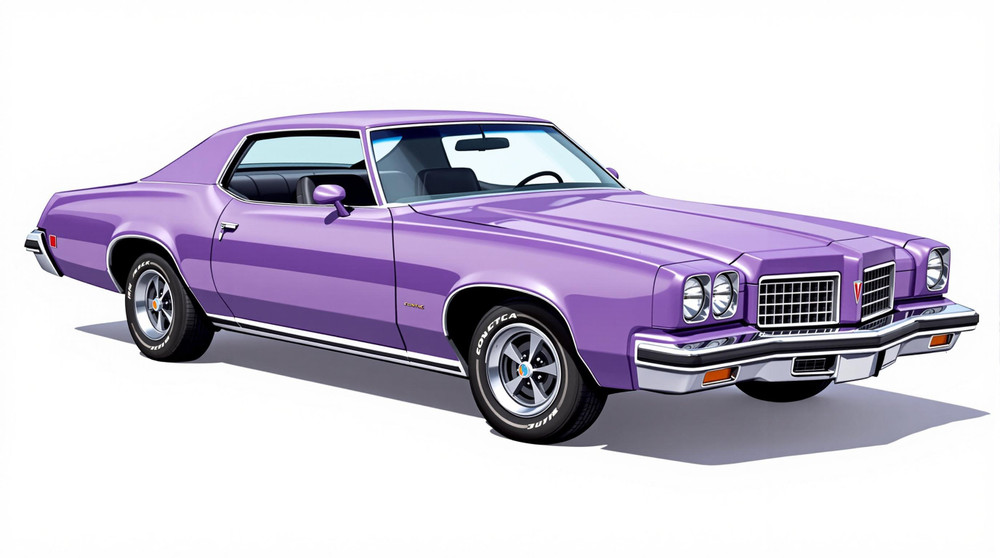Image of 1973 Pontiac Grand Prix, Note: These illustrations use artistic license and may differ from actual historical models.
Performance Metrics
Fundamental Metrics
Emotional Appeal
MMP Rating
| Engine Specifications | |
|---|---|
| Engine: | 400 cu in (6.6 L) V8, 455 cu in (7.5 L) V8 |
| Displacement: | 400-455 cu in |
| Horsepower: | 230-250 hp |
| Torque: | 330-370 lb-ft |
| Compression Ratio: | 8.0:1 - 8.2:1 |
| Ignition System: | Electronic Ignition |
| Cooling System: | Liquid-cooled |
| Performance Specifications | |
| 0-60 Time: | 8.0 - 9.0 seconds |
| 1/4 Mile Time: | 16.0 - 17.0 seconds |
| Top Speed: | 120 mph |
| Transmission and Drive | |
| Drive Type: | Rear-wheel drive |
| Transmission Type: | 3-speed automatic, 4-speed manual |
| Fuel and Efficiency | |
| Fuel System Type: | Carburetor |
| MPG: | 10-12 mpg |
| Dimensions and Brakes | |
| Brakes: | Front disc, rear drum |
| Wheelbase: | 118.0 in |
| Weight: | 3,900 - 4,100 lbs |
Note: Specifications for classic cars are given to the best of our ability, considering the limited and variant data available.
1973 Pontiac Grand Prix: A Blend of Luxury and Muscle
The 1973 Pontiac Grand Prix stood at the crossroads of American automotive excellence, where the muscle car era was gently blending into a period that demanded more luxury and comfort. Crafted by the skilled hands at Pontiac, a division of General Motors, this model was a testament to the brand's commitment to offering performance without sacrificing style. At the heart of its historical significance lies its role in transitioning consumer tastes from raw power to refined sophistication. A unique fact about this vehicle is that it was among the first to offer a balance between a personal luxury coupe and a traditional muscle car, setting the stage for future developments in the automotive industry.
Design and Innovation
The 1973 Grand Prix boasted an exterior styling that was both bold and elegant. Its long hood and short deck profile were complemented by a distinctive grille and protruding headlight bezels, which gave it an aggressive yet classy road presence. The interior was a haven of luxury with plush seating and high-quality materials throughout. Technological features for its time included an optional air conditioning system, power windows, and an AM/FM stereo with tape player. Color options ranged from subtle to vibrant, with popular choices including Midnight Green, Regatta Blue, and Florentine Red. The most iconic body style was the two-door hardtop coupe, which featured a vinyl roof option that added an extra touch of class. This model year also introduced the SJ trim level, which included a firmer suspension and radial tires as part of its performance package.
Historical Significance
The 1973 Grand Prix's impact on automotive design was profound. It set a new standard for integrating performance-oriented engineering with upscale amenities. Its unique positioning in the market carved out a niche for personal luxury coupes that would influence industry trends for years to come.
Performance and Handling
Under the hood, the standard engine was a 400 cubic inch V8 that propelled the Grand Prix from 0-60 mph in respectable times for its class. Top speed hovered around the 120 mph mark, showcasing its muscle car roots. Handling was surprisingly nimble for a car of its size, absorbing bumps with ease while maintaining composure on windy roads. The driving experience was characterized by a throaty engine growl, smooth acceleration, and responsive steering that connected drivers intimately with the road.
Ownership Experience
Owners of the '73 Grand Prix used their vehicles in various ways: as daily drivers, weekend cruisers, or showpieces at classic car meets. Maintenance was relatively straightforward for those familiar with American V8s of the era, making it an accessible classic for enthusiasts. Reliability was on par with other domestic offerings of the time.
Fun Facts
A fun fact about this model is that it occasionally found itself in celebrity garages and has been featured in various films and TV shows over the years. While not known for breaking speed records, it held its own in sales figures amongst personal luxury coupes. Common criticisms often revolved around fuel economy—a typical concern for vehicles of this period.
Collector's Information
Today, collectors value the 1973 Pontiac Grand Prix for its blend of muscle and luxury. While exact production numbers are elusive, it's estimated that tens of thousands were produced. In terms of value range, well-maintained models can fetch anywhere from $15,000 to $30,000 depending on condition and originality. The market has shown appreciation for well-preserved examples as they become rarer over time.
Conclusion
The 1973 Pontiac Grand Prix stands as a significant chapter in automotive history—a bridge between eras where power met poise in an unforgettable package. Its legacy is one of innovation and adaptation during a transformative period for cars in America. For those who appreciate a machine with character and class, this Grand Prix remains an alluring piece of motoring heritage.
1973 Pontiac Grand Prix Catalog of Parts
 1973 Pontiac Grand Prix Shock Absorber Grommet. 1" bottom O.D., 3/4" high-BN 1Shock Absorber Grommet. 1" bottom O.D., 3/4" high., with 7/16" I.D. Each
1973 Pontiac Grand Prix Shock Absorber Grommet. 1" bottom O.D., 3/4" high-BN 1Shock Absorber Grommet. 1" bottom O.D., 3/4" high., with 7/16" I.D. Each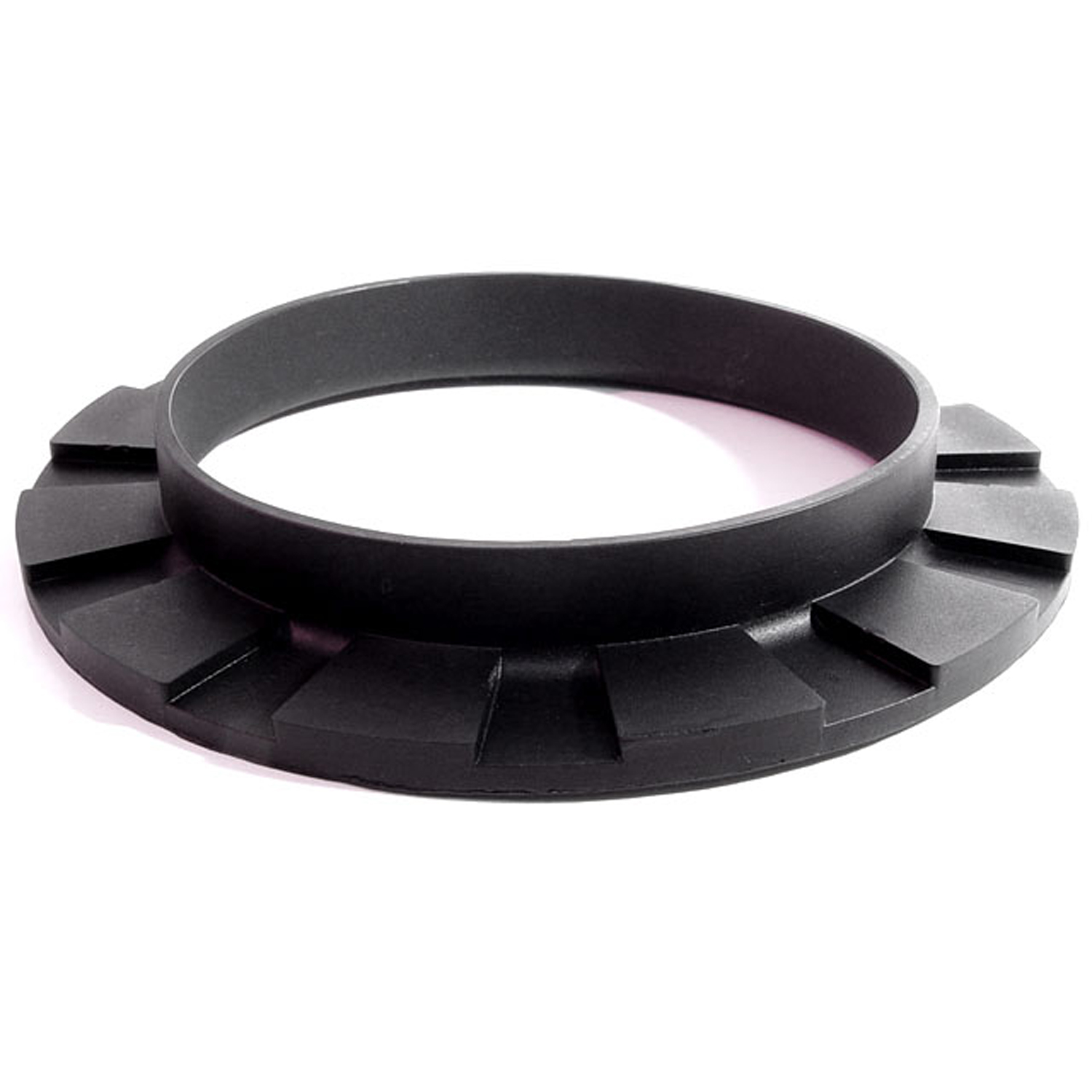 1973 Pontiac Grand Prix Front coil-spring insulator-BN 110Front coil-spring insulator. Fits '41-'60 Oldsmobile and '50-'83 GM passenger models. 5-3/8 in. OD x 3-3/4 in. ID x 3/4 in. high with 13/16 in. wide bottom flange 1/4" thick, 12 flutes. Each.
1973 Pontiac Grand Prix Front coil-spring insulator-BN 110Front coil-spring insulator. Fits '41-'60 Oldsmobile and '50-'83 GM passenger models. 5-3/8 in. OD x 3-3/4 in. ID x 3/4 in. high with 13/16 in. wide bottom flange 1/4" thick, 12 flutes. Each.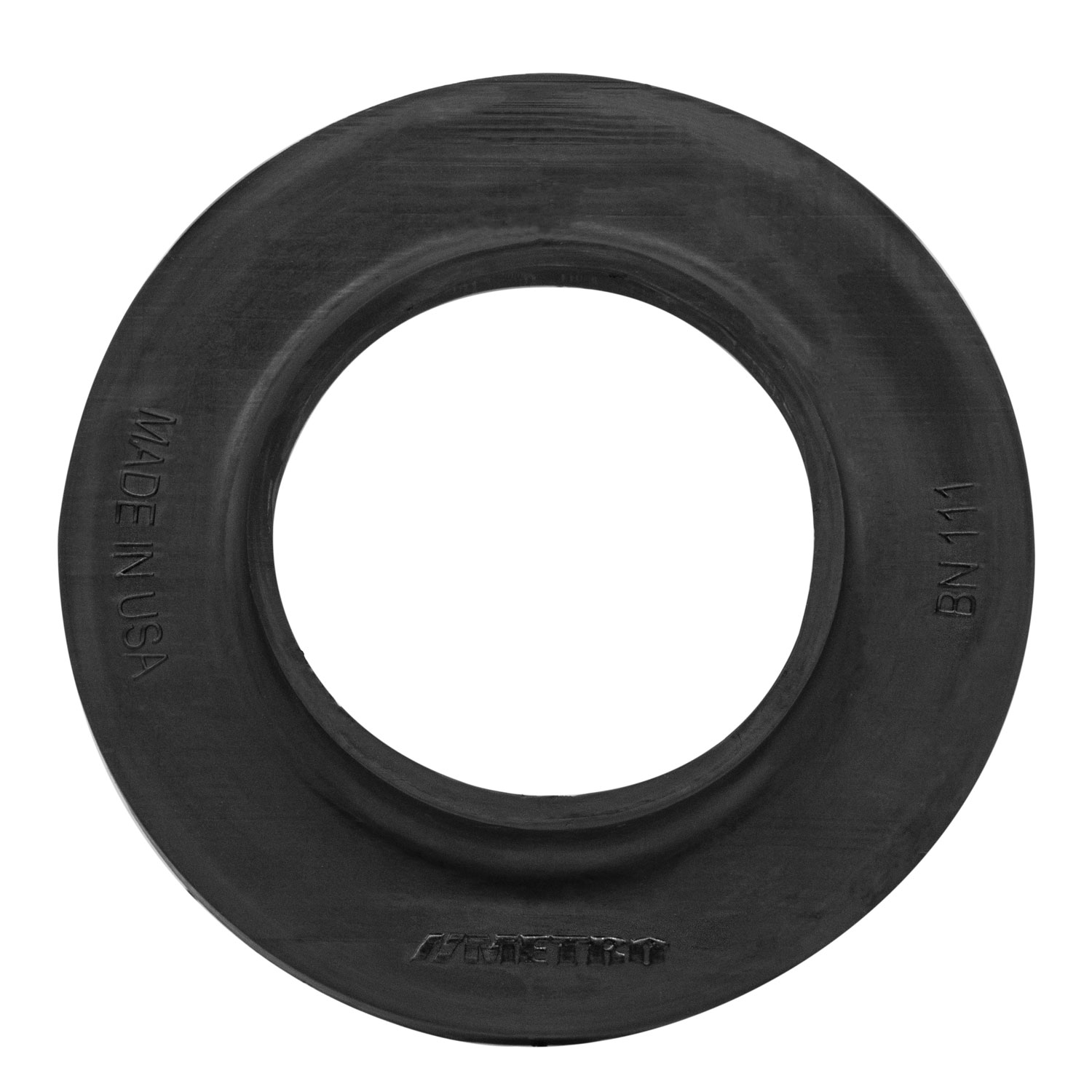 1973 Pontiac Grand Prix Rear coil-spring insulator 1961-72 GM A-Body-BN 111Coil spring insulators are a great way to prevent metal-on-metal contact and noise. Manufactured to OEM specifications for a precise fit, these coil spring insulators are made of rubber and are used between the coil spring and the frame of your ride. 3-3/4 in. OD, 2-1/8 in. ID, 5/8 in. high with 3/16 in. , wide bottom flange 1/4 in. thick.
1973 Pontiac Grand Prix Rear coil-spring insulator 1961-72 GM A-Body-BN 111Coil spring insulators are a great way to prevent metal-on-metal contact and noise. Manufactured to OEM specifications for a precise fit, these coil spring insulators are made of rubber and are used between the coil spring and the frame of your ride. 3-3/4 in. OD, 2-1/8 in. ID, 5/8 in. high with 3/16 in. , wide bottom flange 1/4 in. thick.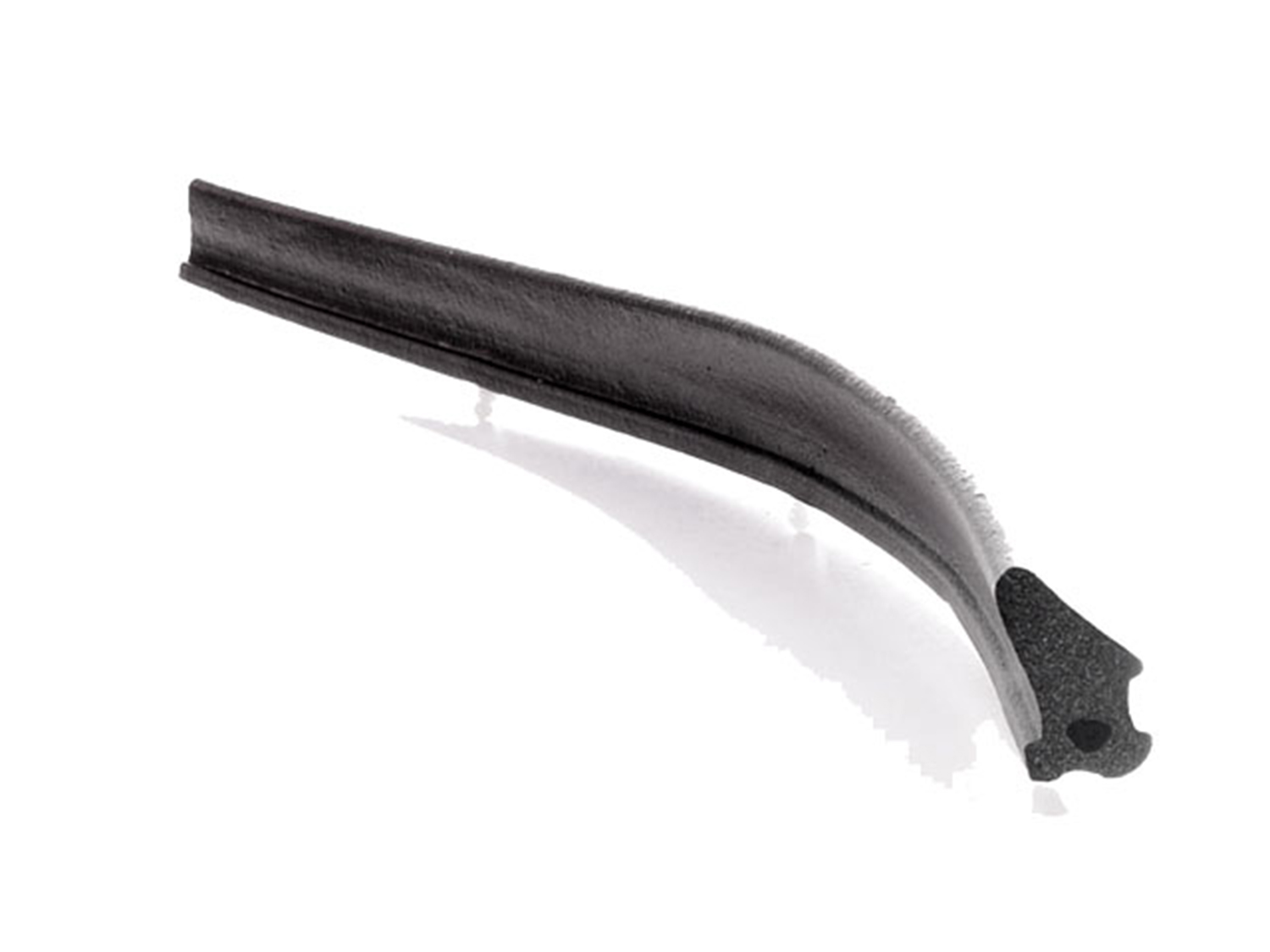 1973 Pontiac Grand Prix Door Side Seal-C/LP 40-KDoor Side Seal. Made of smooth skin sponge extrusion, with clips installed. (For seal without clips, see LP 40-K) Sold by the foot.
1973 Pontiac Grand Prix Door Side Seal-C/LP 40-KDoor Side Seal. Made of smooth skin sponge extrusion, with clips installed. (For seal without clips, see LP 40-K) Sold by the foot. 1973 Pontiac Grand Prix Molded Door Seals. For 2-door hardtop. Pair R&L-LM 16-PMolded Door Seals. For 2-door hardtop. Pair R&L
1973 Pontiac Grand Prix Molded Door Seals. For 2-door hardtop. Pair R&L-LM 16-PMolded Door Seals. For 2-door hardtop. Pair R&L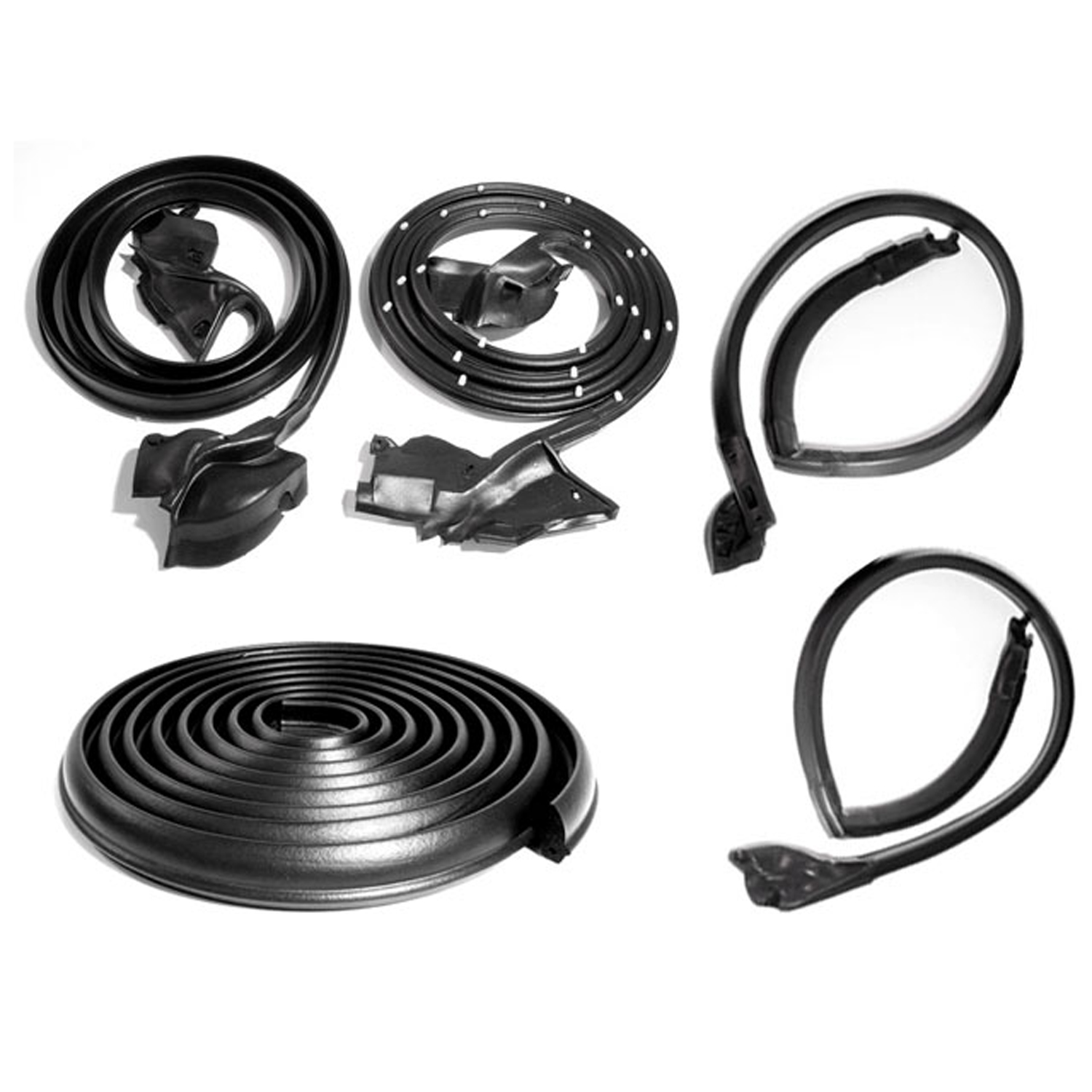 1973 Pontiac Grand Prix Basic kit. '73-'77 Grand Prix 2-door hardtop-RKB 1900-112Basic kit. '73-'77 Grand Prix 2-door hardtop. Door (LM 16-P), roof-rail (RR 5019-G) and trunk (TK 46-E/16) seals. 5-piece set.
1973 Pontiac Grand Prix Basic kit. '73-'77 Grand Prix 2-door hardtop-RKB 1900-112Basic kit. '73-'77 Grand Prix 2-door hardtop. Door (LM 16-P), roof-rail (RR 5019-G) and trunk (TK 46-E/16) seals. 5-piece set.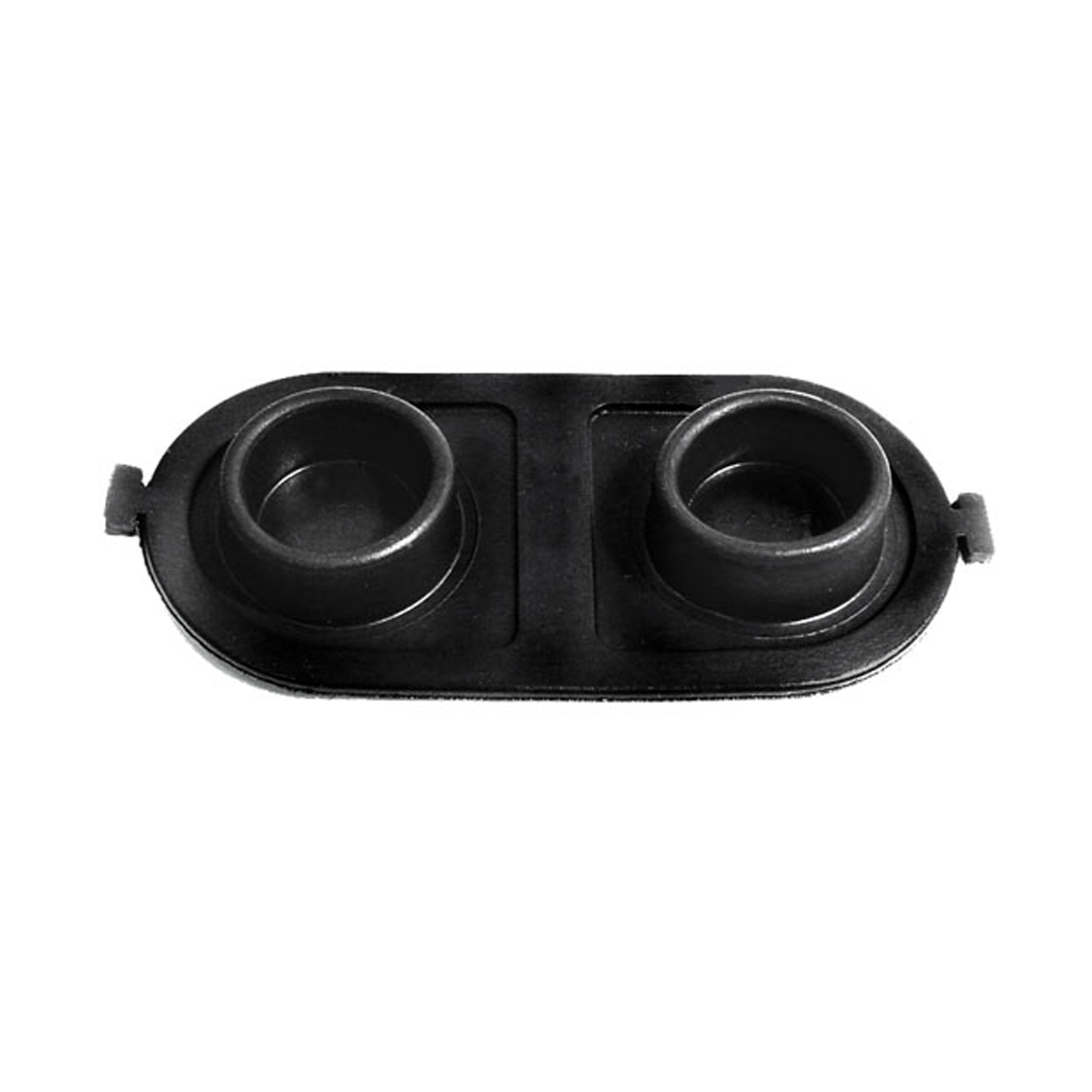 1973 Pontiac Grand Prix Brake Master Cylinder Cover Seal. Replaces OEM #5470861-RP 2-EBrake Master Cylinder Cover Seal. Replaces OEM #5470861. 5" X 2-1/2". Each
1973 Pontiac Grand Prix Brake Master Cylinder Cover Seal. Replaces OEM #5470861-RP 2-EBrake Master Cylinder Cover Seal. Replaces OEM #5470861. 5" X 2-1/2". Each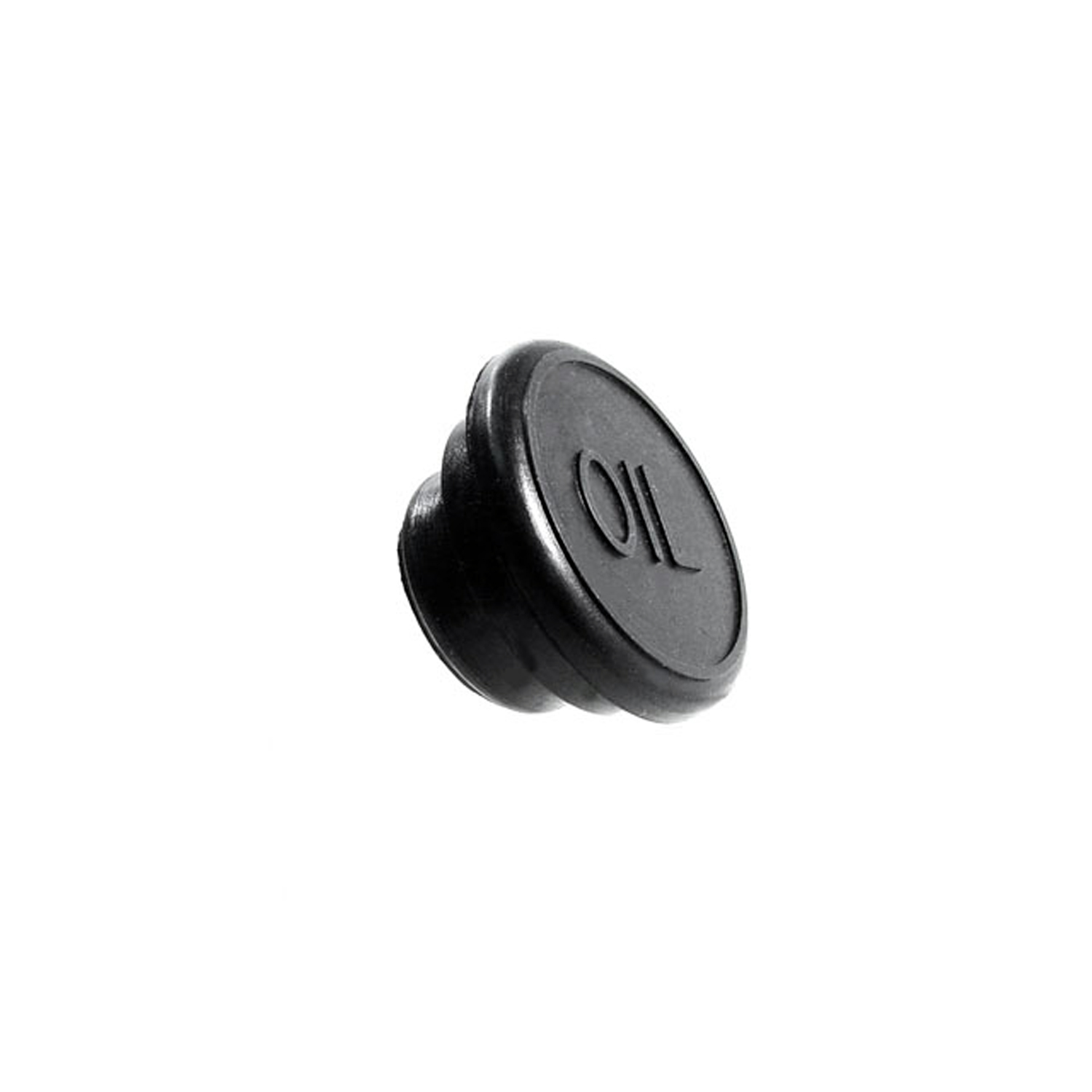 1973 Pontiac Grand Prix Oil Filler Hole Cap. Made of rubber-RP 8Oil Filler Hole Cap. Made of rubber. Fits a 1-3/16" to 1-1/4" hole. Each
1973 Pontiac Grand Prix Oil Filler Hole Cap. Made of rubber-RP 8Oil Filler Hole Cap. Made of rubber. Fits a 1-3/16" to 1-1/4" hole. Each 1973 Pontiac Grand Prix Molded roof-rail seals. 2-door hardtop-RR 5019-GMolded roof-rail seals. 2-door hardtop. Fits '73-'76 GM A-body Colonade, Formal and Sport Coupe (Body Style 57 only). (Ex: Buick Century Luxus Colonade Coupe, Centurion Sport Coupe, Regal Formal Coupe, LeSabre Sport Coupe, LeSabre Custom Sport Coupe.) Replaces OEM#'s 9629700/01. Pair. R&L.
1973 Pontiac Grand Prix Molded roof-rail seals. 2-door hardtop-RR 5019-GMolded roof-rail seals. 2-door hardtop. Fits '73-'76 GM A-body Colonade, Formal and Sport Coupe (Body Style 57 only). (Ex: Buick Century Luxus Colonade Coupe, Centurion Sport Coupe, Regal Formal Coupe, LeSabre Sport Coupe, LeSabre Custom Sport Coupe.) Replaces OEM#'s 9629700/01. Pair. R&L.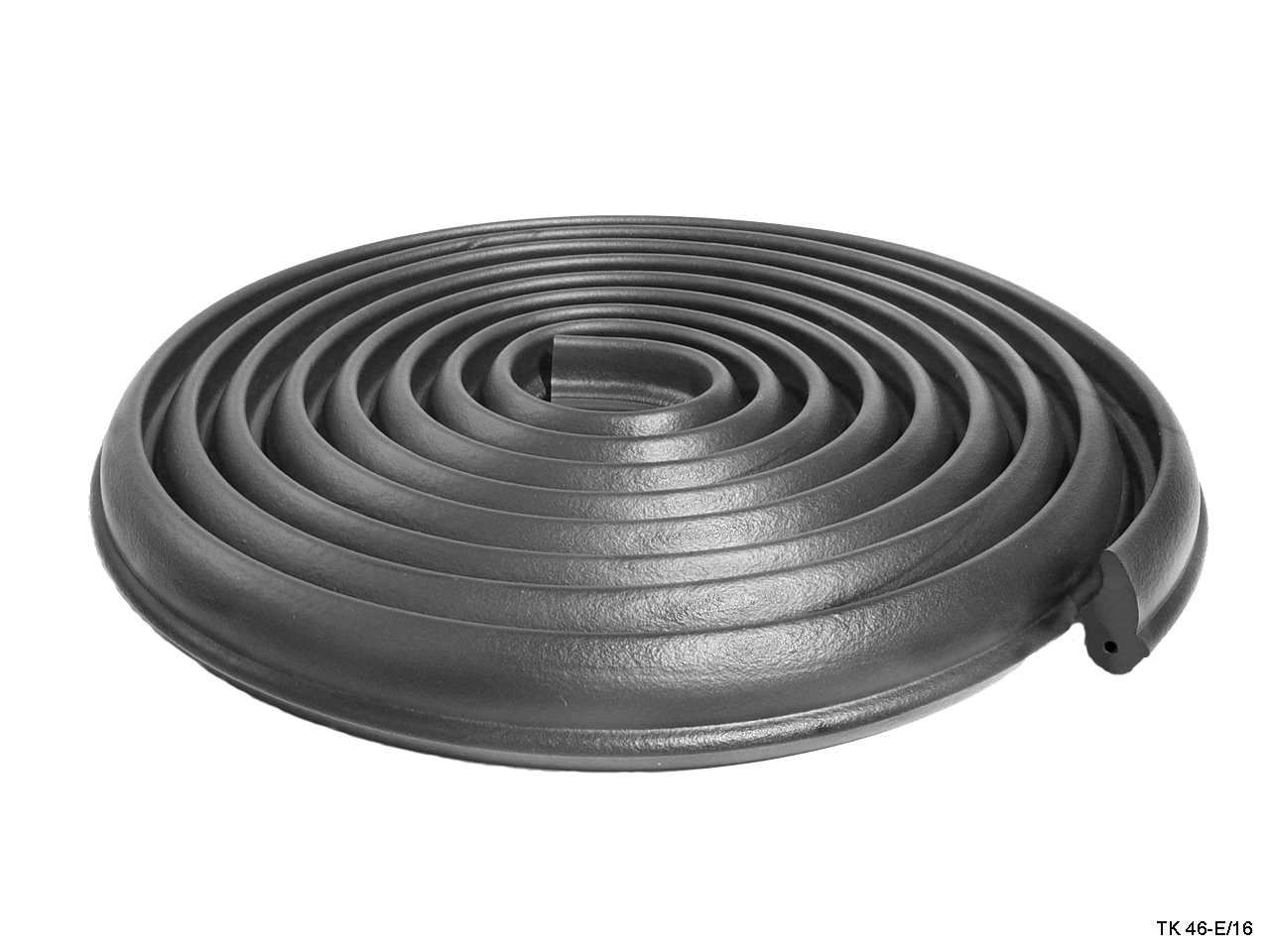 1973 Pontiac Grand Prix Trunk Seal. Each-TK 46-E/16Trunk Seal. Each
1973 Pontiac Grand Prix Trunk Seal. Each-TK 46-E/16Trunk Seal. Each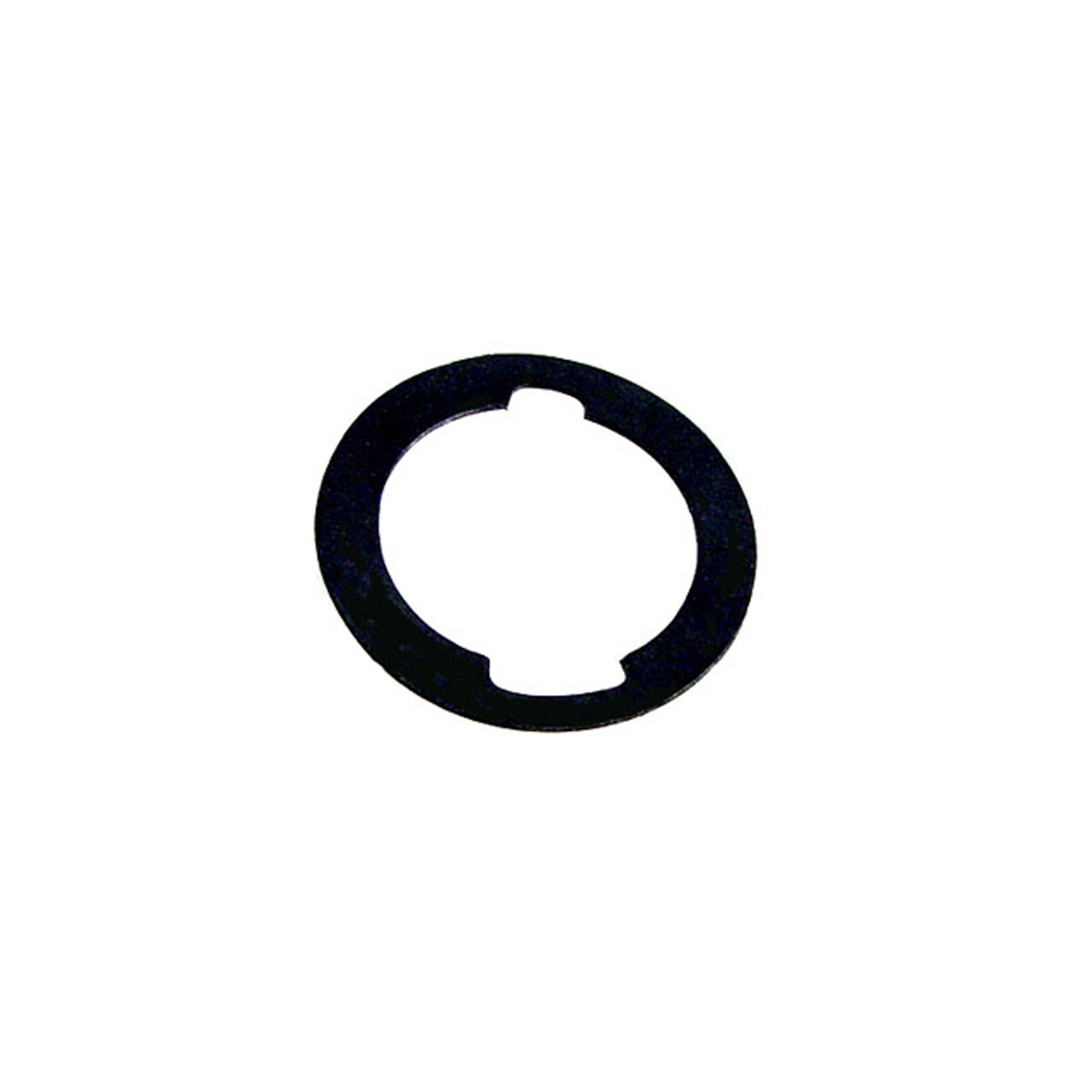 1973 Pontiac Grand Prix Unbeaded Door and Trunk Lock Gasket. 1-3/16" O.D., 7/8" I.D-UM 1600-100Unbeaded Door and Trunk Lock Gasket. 1-3/16" O.D., 7/8" I.D. Each
1973 Pontiac Grand Prix Unbeaded Door and Trunk Lock Gasket. 1-3/16" O.D., 7/8" I.D-UM 1600-100Unbeaded Door and Trunk Lock Gasket. 1-3/16" O.D., 7/8" I.D. Each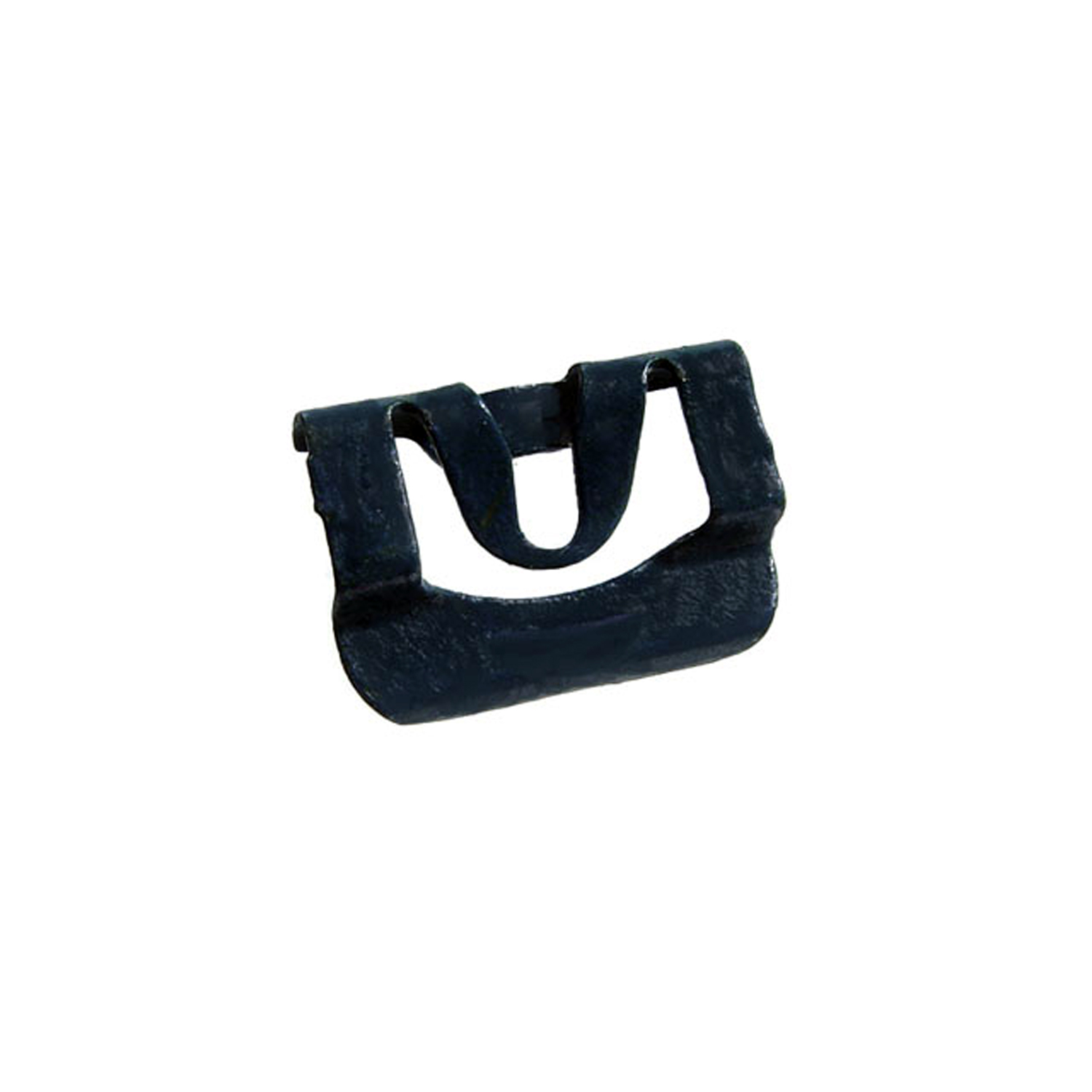 1973 Pontiac Grand Prix Windshield Reveal Molding Clip. Made of steel-WF 203Windshield Reveal Molding Clip. Made of steel. 5/8" x 15/16". Each
1973 Pontiac Grand Prix Windshield Reveal Molding Clip. Made of steel-WF 203Windshield Reveal Molding Clip. Made of steel. 5/8" x 15/16". Each 1973 Pontiac Grand Prix Rear Quarter Window Molding Clip. Made of steel-WF 204Rear Quarter Window Molding Clip. Made of steel. 3/4" x 1-3/8". Each
1973 Pontiac Grand Prix Rear Quarter Window Molding Clip. Made of steel-WF 204Rear Quarter Window Molding Clip. Made of steel. 3/4" x 1-3/8". Each 1973 Pontiac Grand Prix Quarter Window Reveal Molding Clip. Made of Steel-WF 205Quarter Window Reveal Molding Clip. Made of Steel. 1-3/8" X 11/16". Each
1973 Pontiac Grand Prix Quarter Window Reveal Molding Clip. Made of Steel-WF 205Quarter Window Reveal Molding Clip. Made of Steel. 1-3/8" X 11/16". Each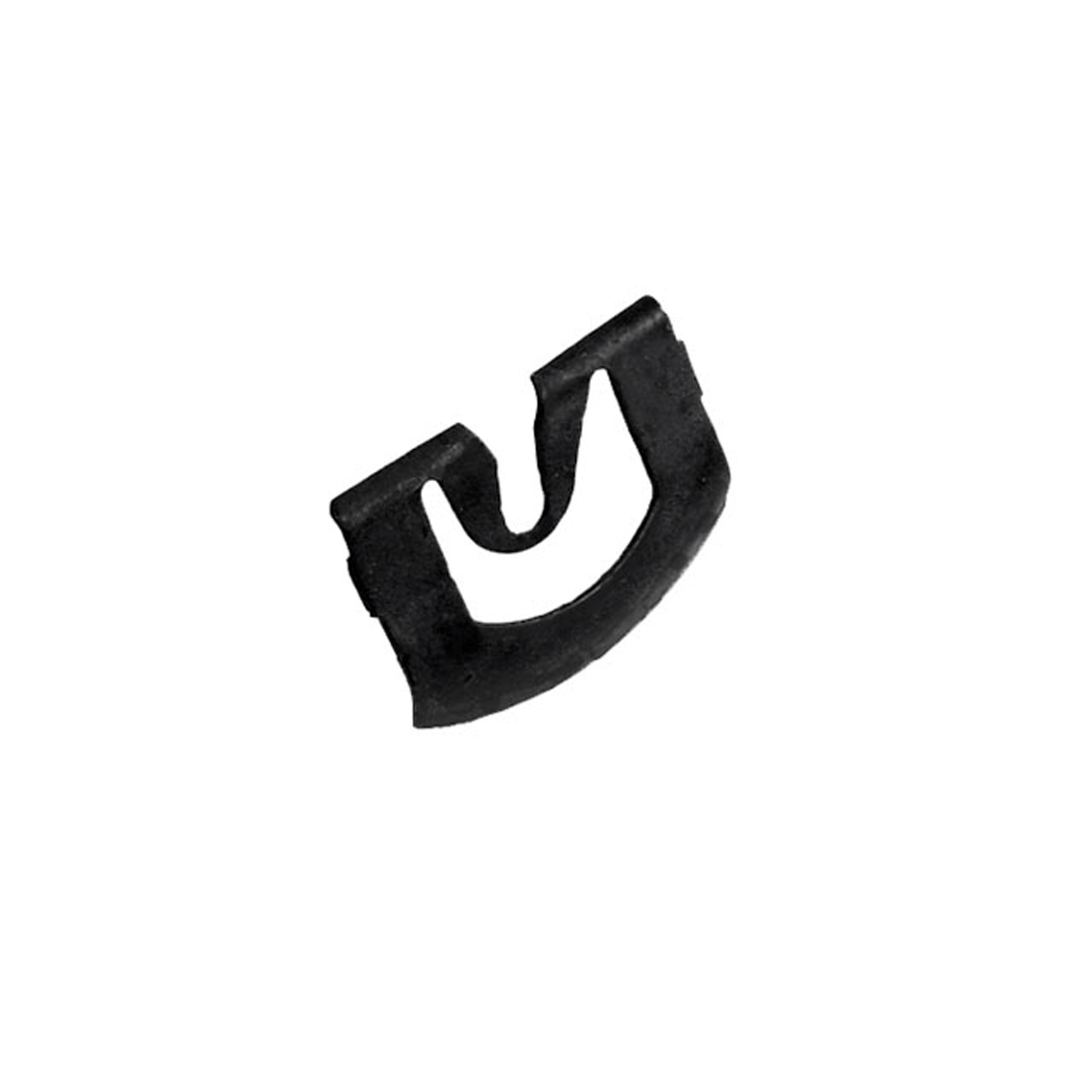 1973 Pontiac Grand Prix Windshield Reveal Molding Clip. Made of steel. 13/16" x 1"-WF 209Windshield Reveal Molding Clip. Made of steel. 13/16" x 1". Each
1973 Pontiac Grand Prix Windshield Reveal Molding Clip. Made of steel. 13/16" x 1"-WF 209Windshield Reveal Molding Clip. Made of steel. 13/16" x 1". Each 1973 Pontiac Grand Prix Rear Windshield Reveal Molding Clip. Made of steel-WF 211Rear Windshield Reveal Molding Clip. Made of steel. 15/16" X 3/4". Each
1973 Pontiac Grand Prix Rear Windshield Reveal Molding Clip. Made of steel-WF 211Rear Windshield Reveal Molding Clip. Made of steel. 15/16" X 3/4". Each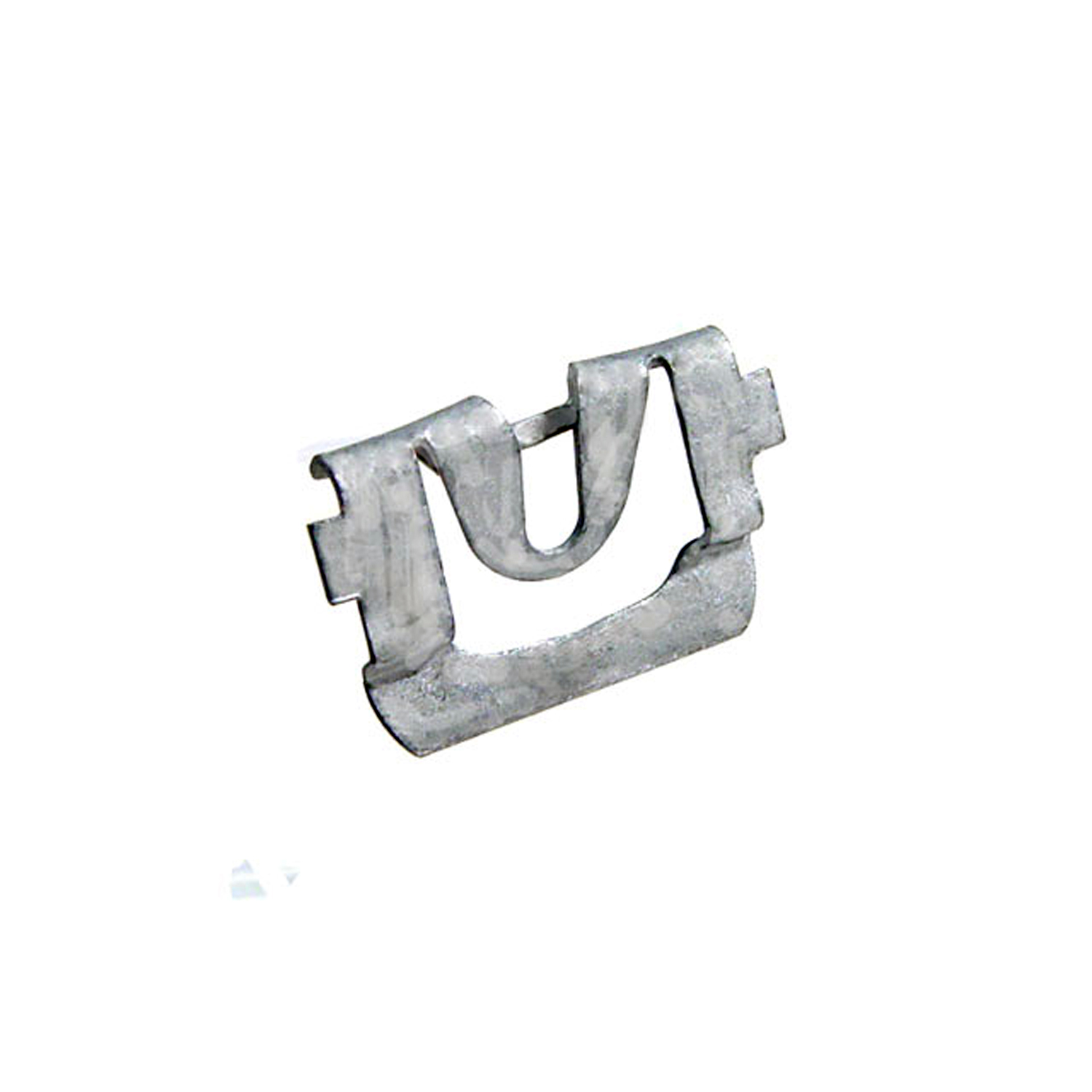 1973 Pontiac Grand Prix Windshield Reveal Molding Clip. Made of steel-WF 223Windshield Reveal Molding Clip. Made of steel. 1/1/8" X 3/4". Each
1973 Pontiac Grand Prix Windshield Reveal Molding Clip. Made of steel-WF 223Windshield Reveal Molding Clip. Made of steel. 1/1/8" X 3/4". Each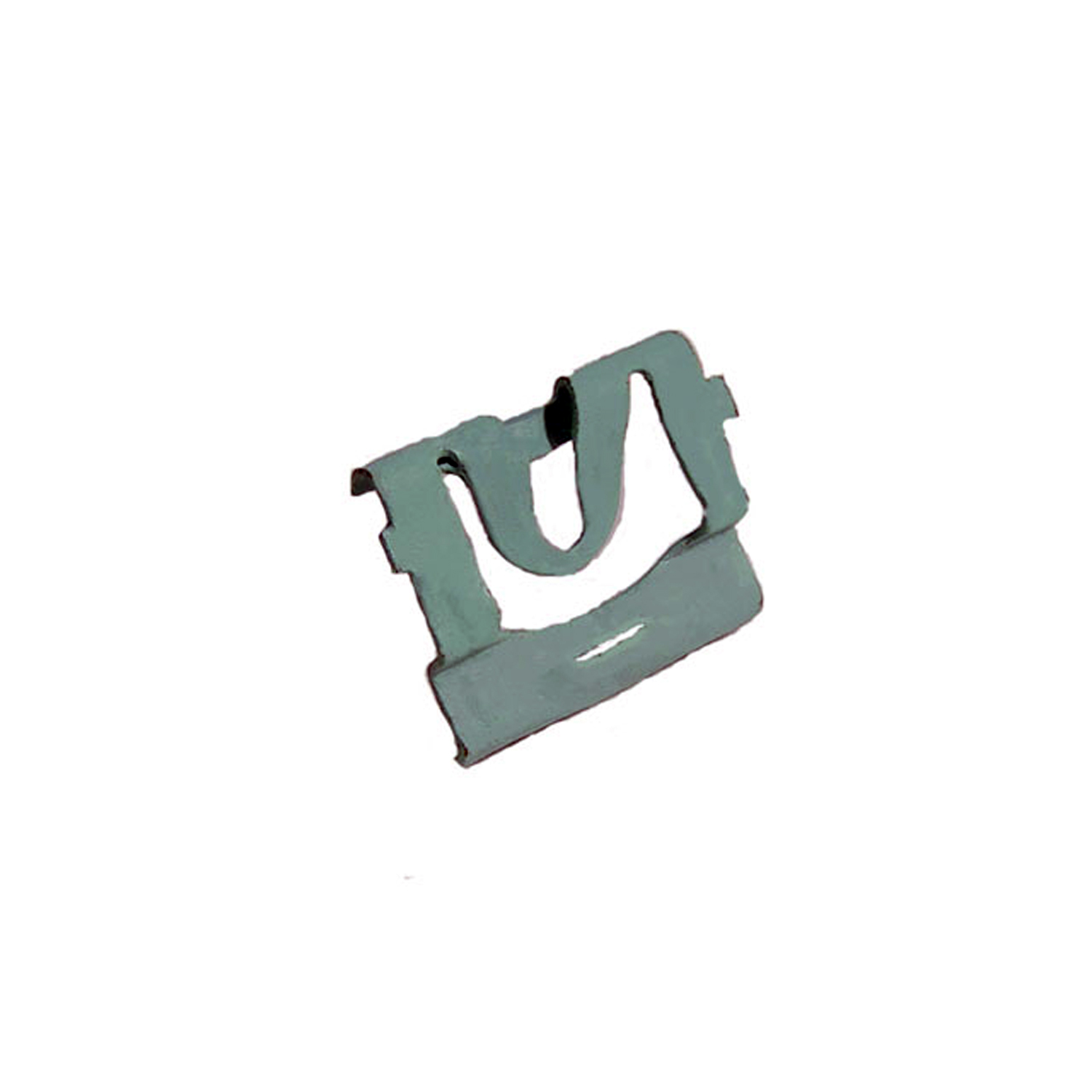 1973 Pontiac Grand Prix Windshield Reveal Molding Clip. Made of steel-WF 224Windshield Reveal Molding Clip. Made of steel. 1-1/4" X 3/4". Fits many models. Each
1973 Pontiac Grand Prix Windshield Reveal Molding Clip. Made of steel-WF 224Windshield Reveal Molding Clip. Made of steel. 1-1/4" X 3/4". Fits many models. EachWhy Choose Metro?
For over 100 years, Metro Moulded Parts has been the pinnacle of quality in classic car restoration parts. Our commitment to precision and authenticity in every component ensures a perfect fit and an OEM-level appearance.
- Expert Craftsmanship & Quality: Each part is a testament to our dedication to reliability and perfection, crafted from original designs and thoroughly tested.
- Advanced Technology: We use cutting-edge techniques to create flawless, long-lasting parts that surpass others in performance.
- SuperSoft Sponge – The Ultimate Door Seal: Not only are our door seals 30% softer than competitors', but they're also guaranteed to never leak. They effectively reduce wind and road noise, enhancing your classic car's comfort and driving experience.
- Proudly American: Our parts are a product of American craftsmanship, made in the USA with a spirit of excellence and heritage.
- Unrivaled Warranty: We back our products with a 30-year industry-leading warranty, a testament to our confidence in their quality.
Join us in preserving the legacy of classic cars with parts that are crafted for perfection, not just made.

